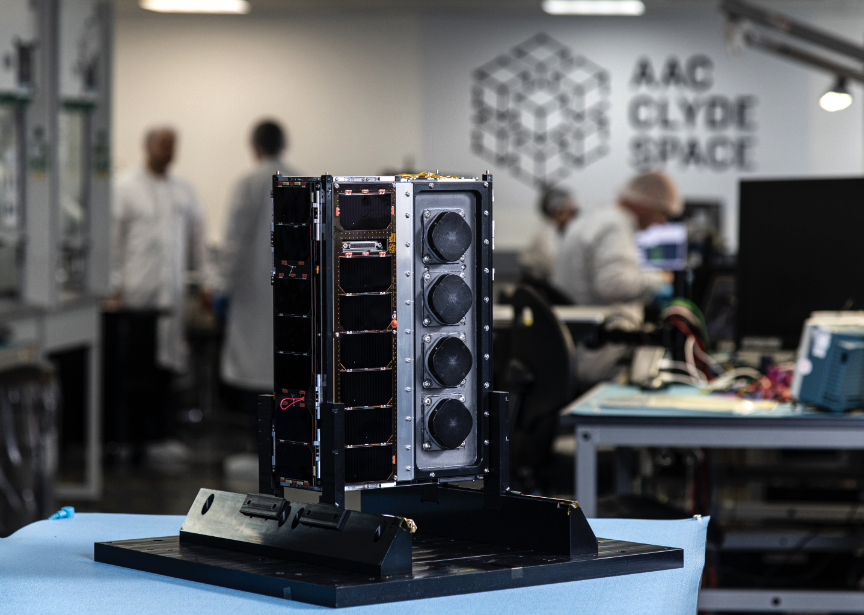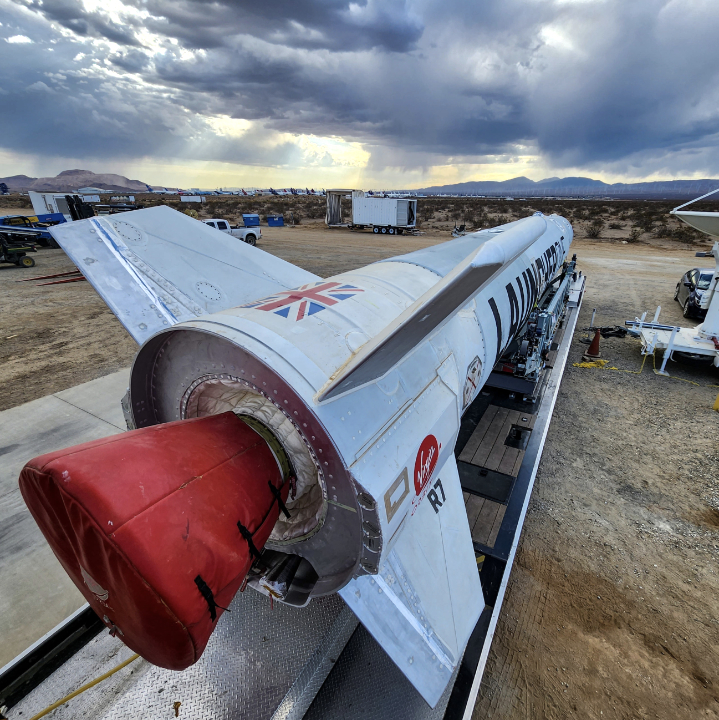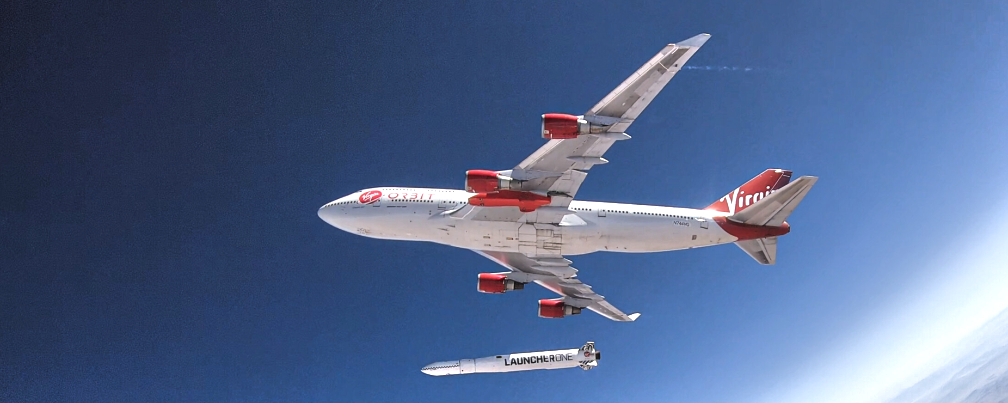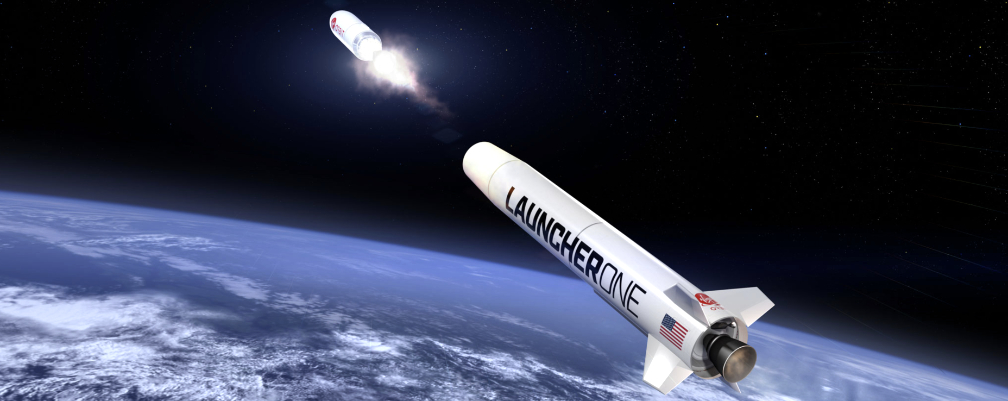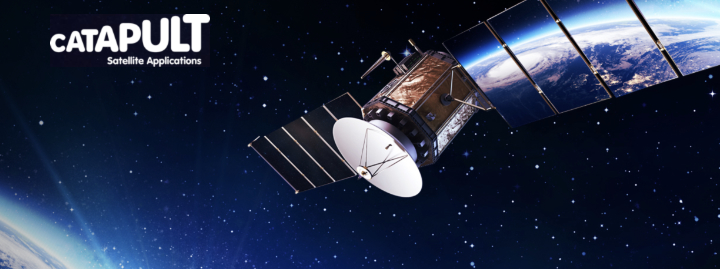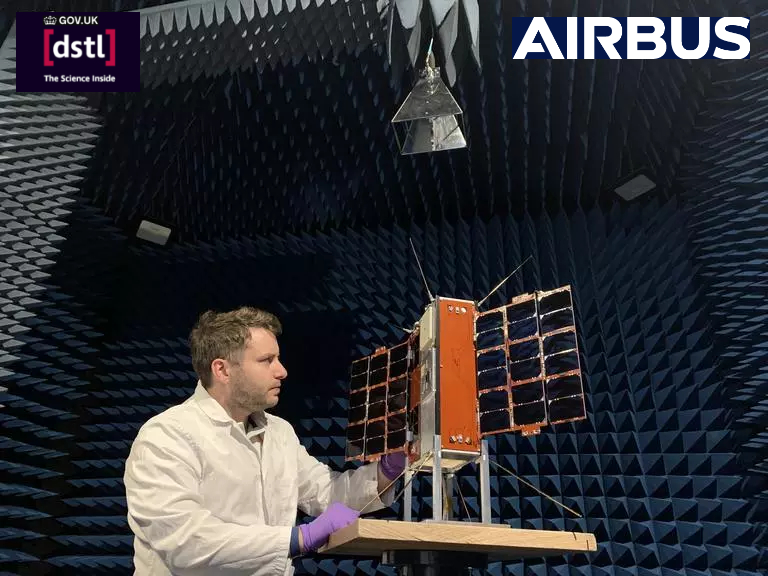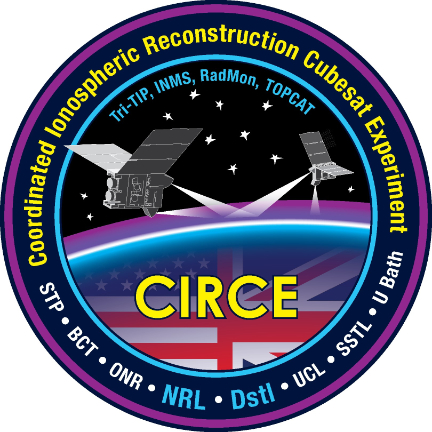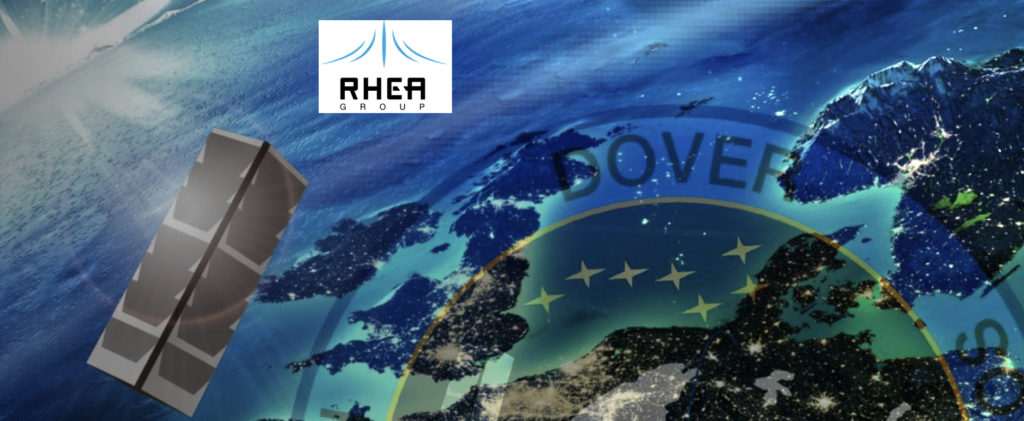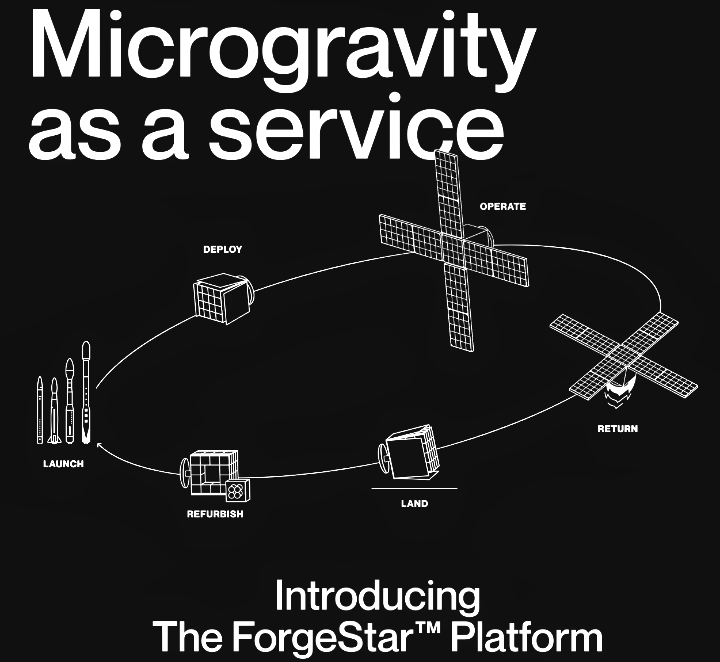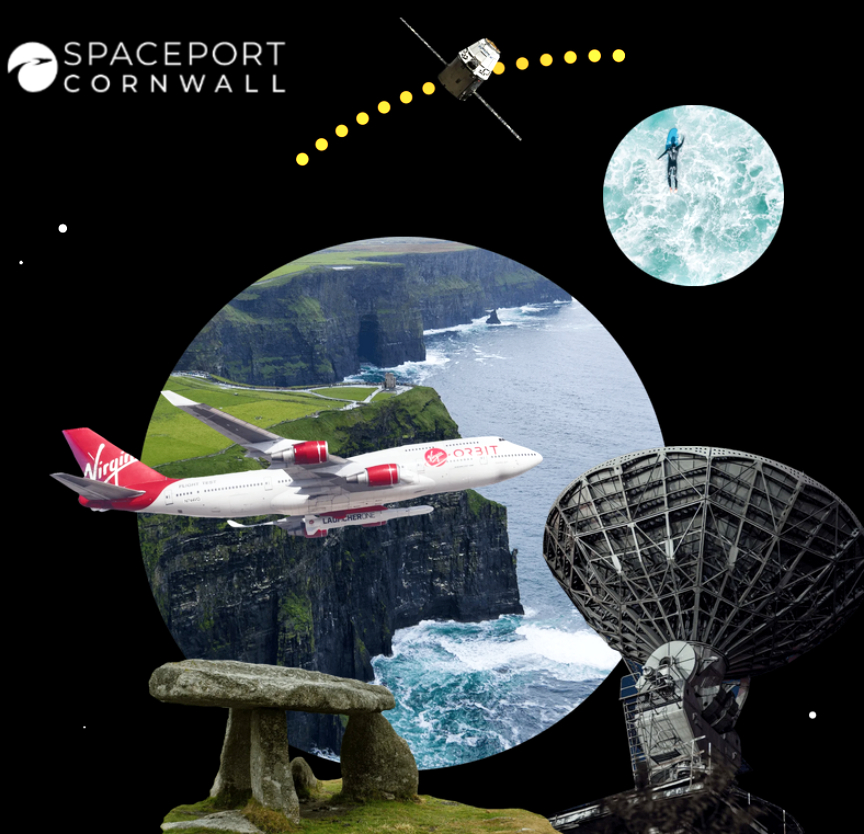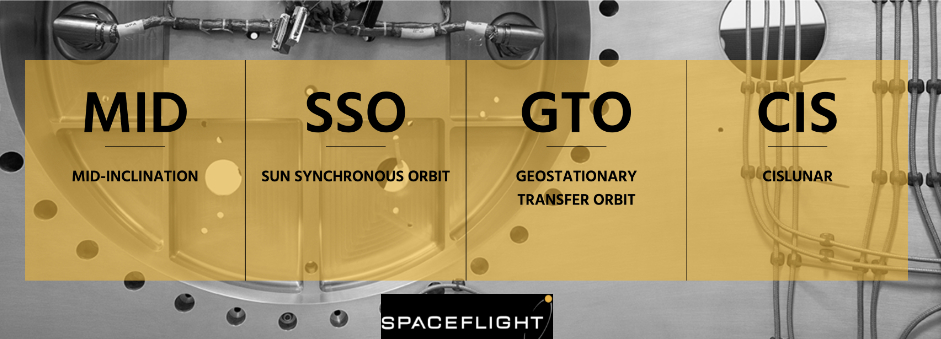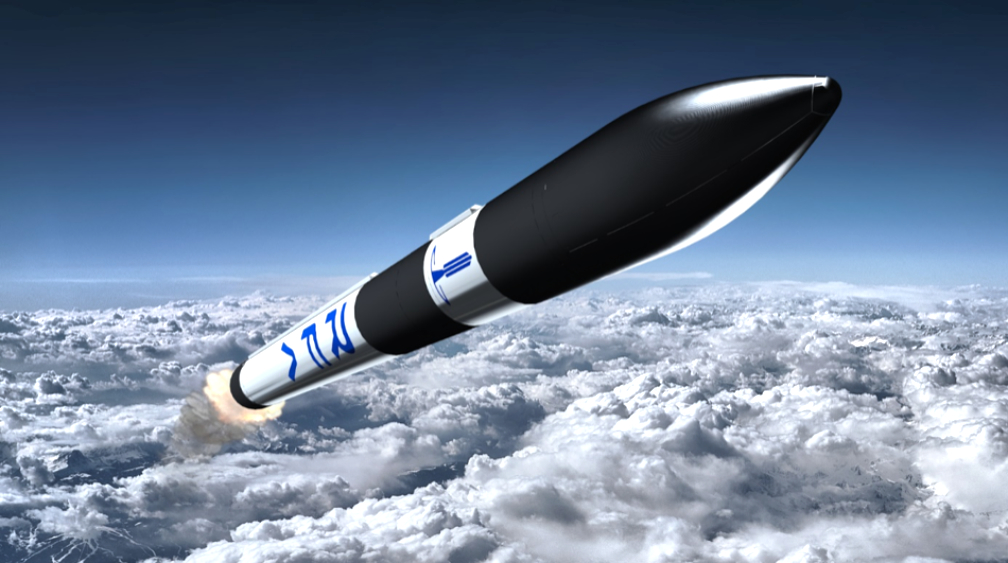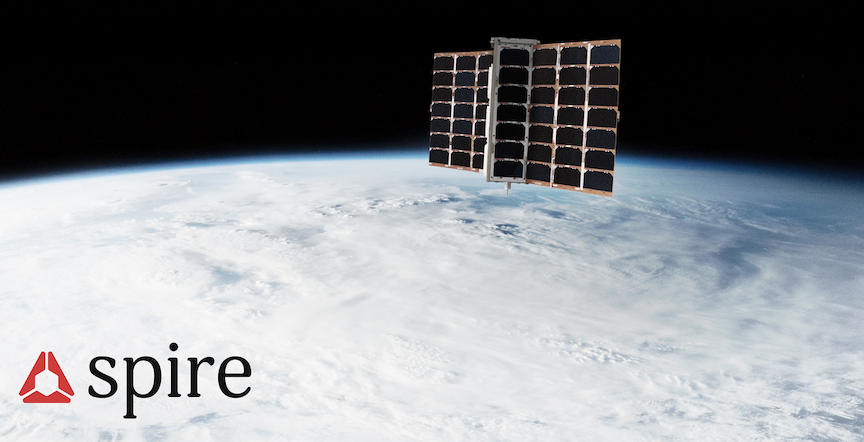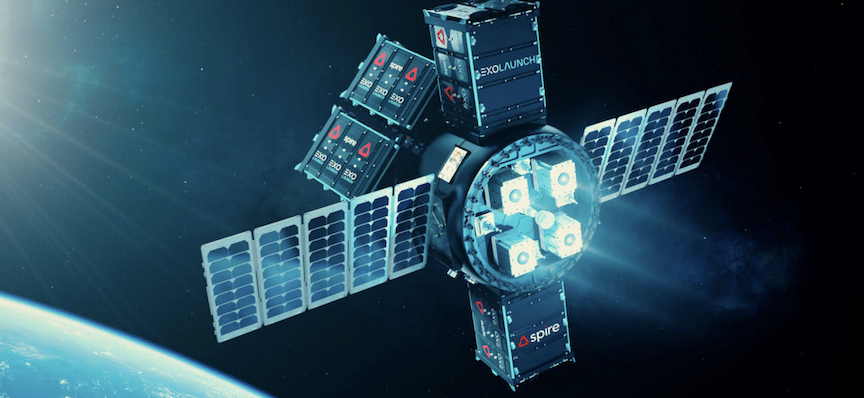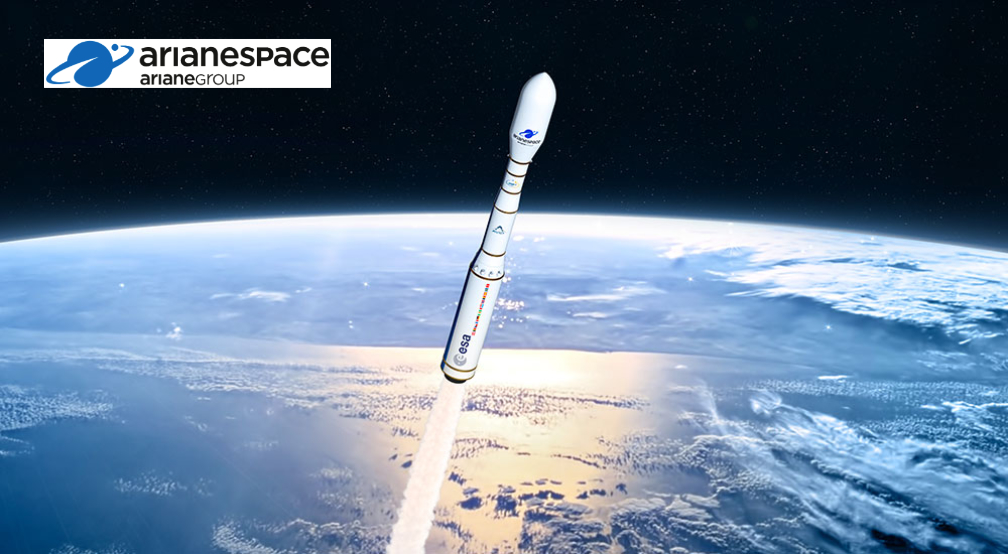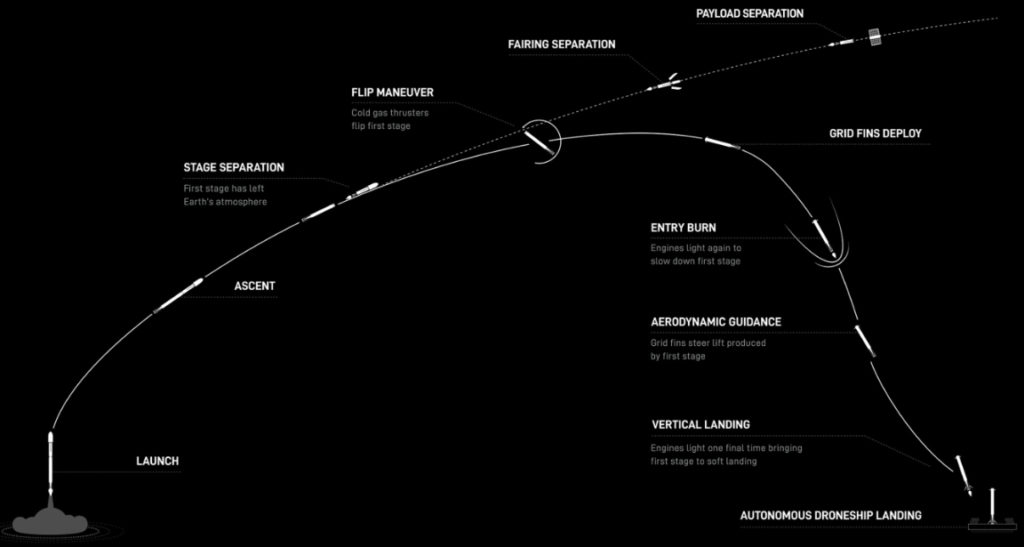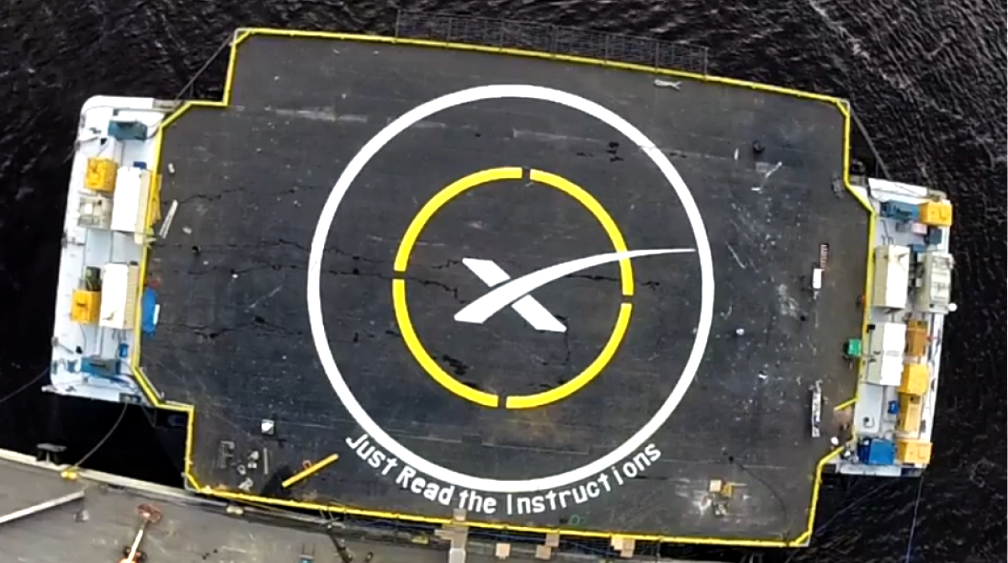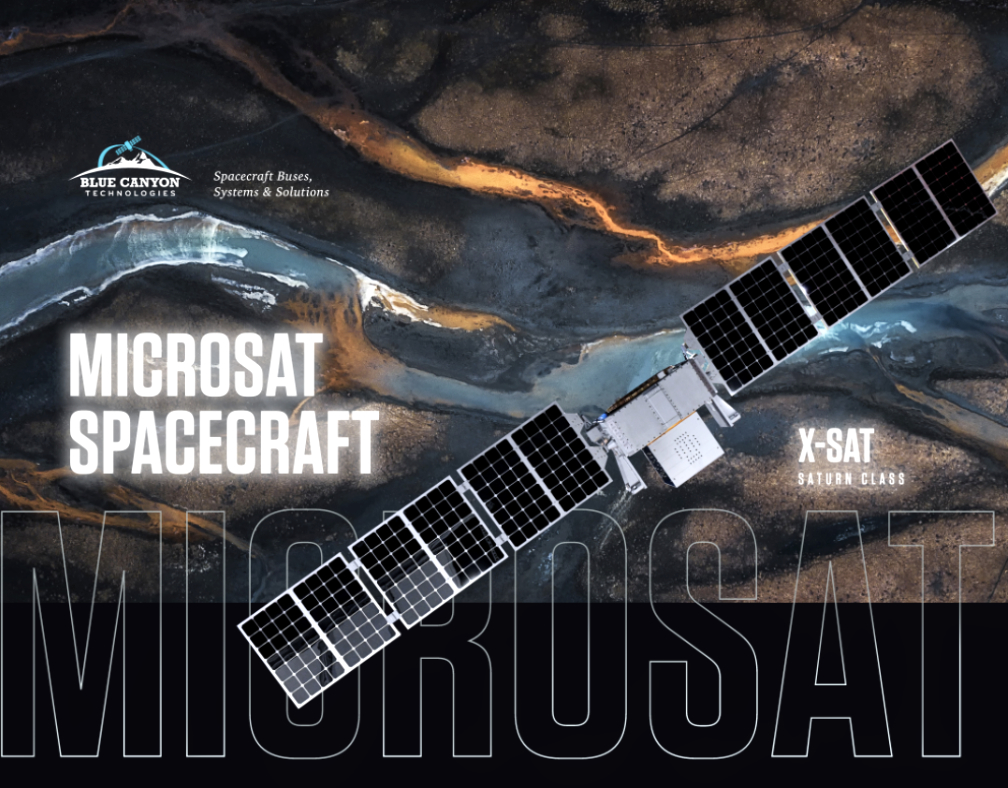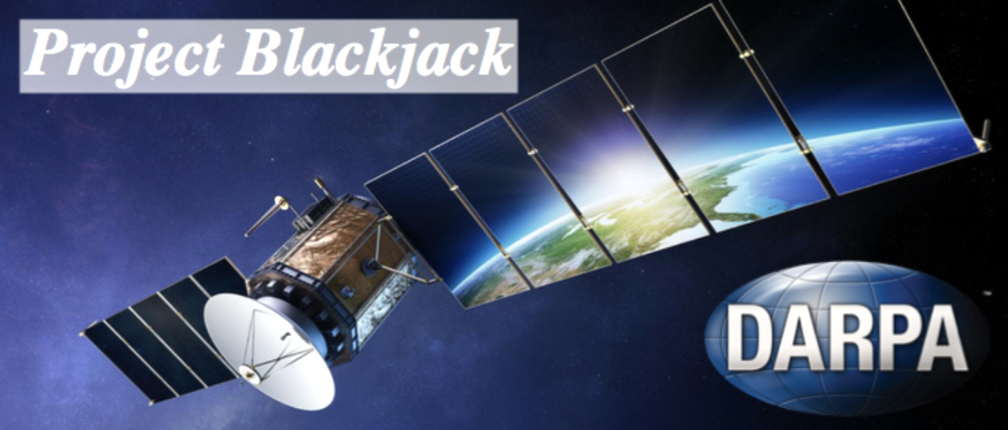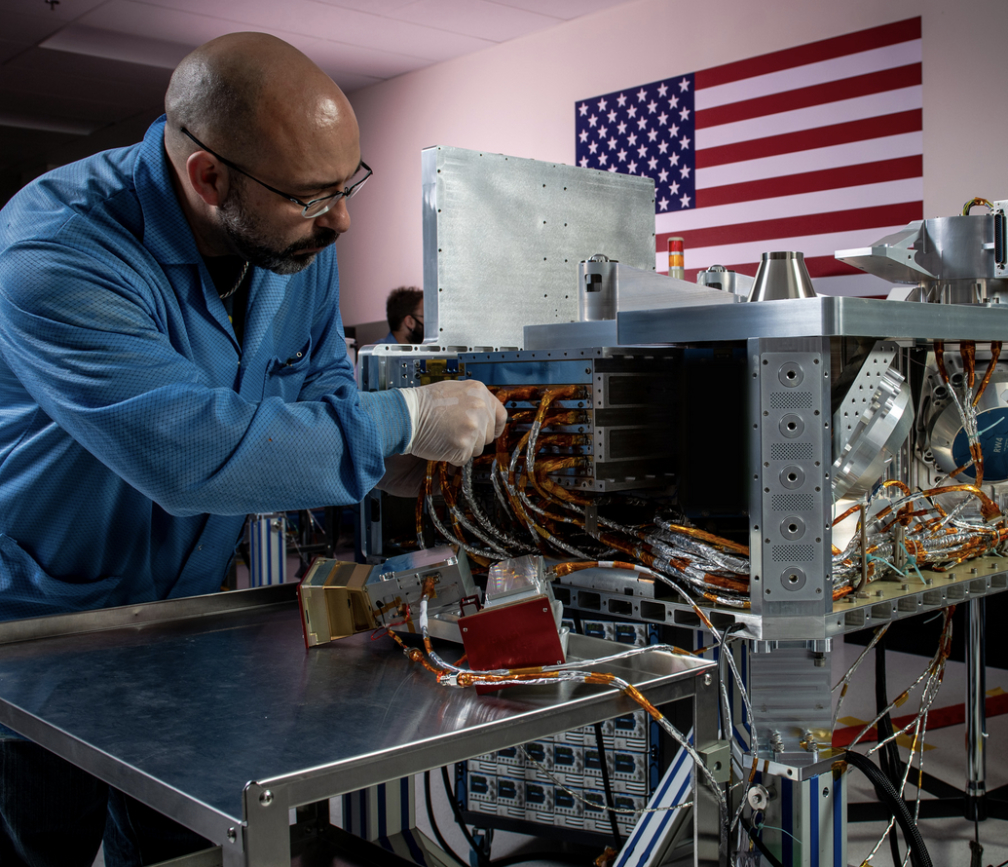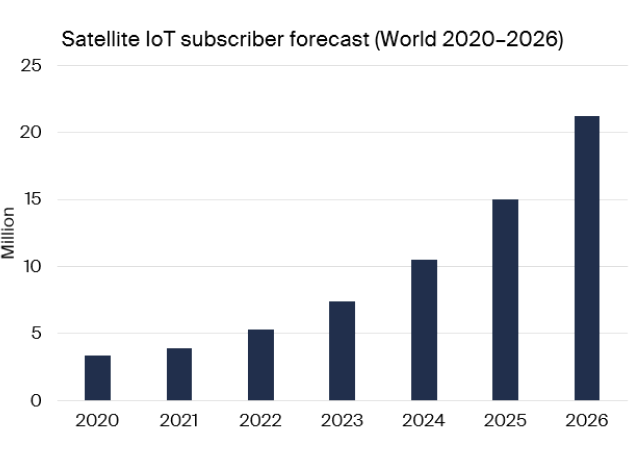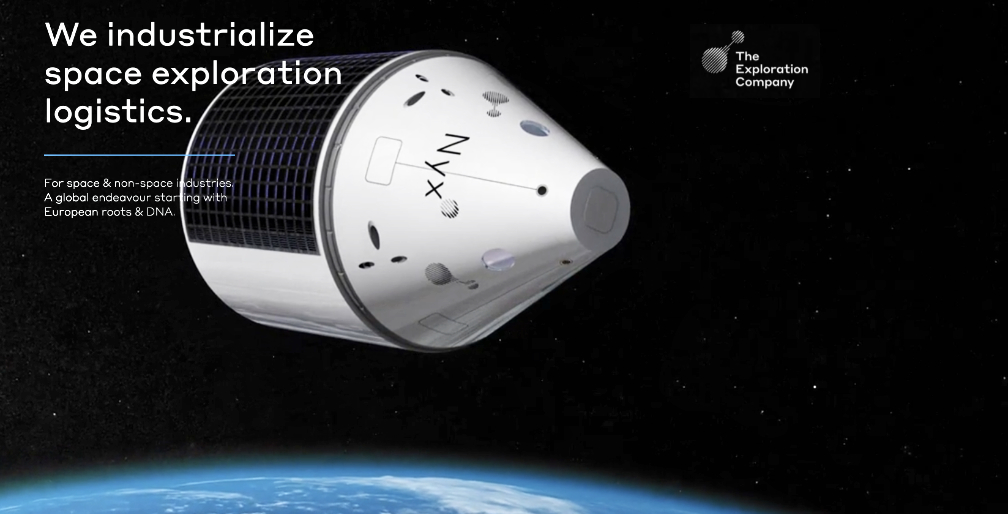
The Exploration Company has selected Benchmark Space Systems propulsion system to power their ‘Mission Possible’ demonstrator flight.
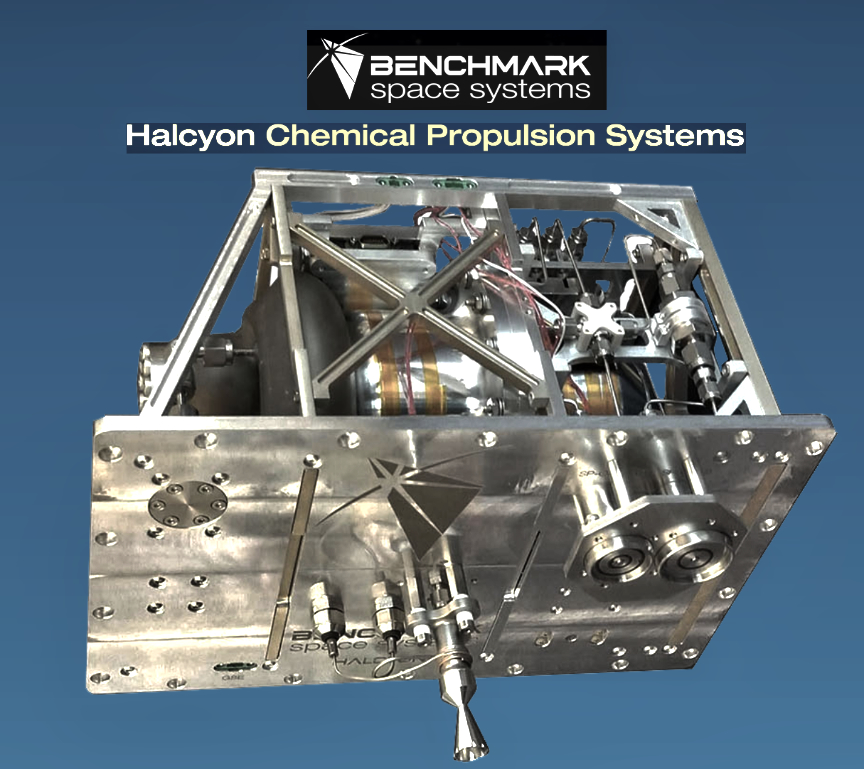
Under a collaborative agreement, Benchmark and The Exploration Company will work together to develop an innovative propulsion system that will use non-toxic, high-test, peroxide propellant, in line with The Exploration Company’s long-term commitment towards reusability and sustainability. The system will be based on Benchmark’s flight-proven Halcyon Avant propulsion system, featuring Benchmark’s 22N “Ocelot” bi-propellant (HTP + IPA) thrusters.
Benchmark will be responsible for the design, manufacturing, verification and delivery of the propulsion equipment and assemblies, such as the thruster assembly and the propellant tanks.
The Exploration Company will be responsible for the design, verification and qualification of the overall propulsion system, including the coordination of the interface between the demonstration capsule ‘Nyx’ and the propulsion system.
The Exploration Company scheduled its launch of the demonstration Mission Possible in 2024 with the main objective to perform a safe re-entry of the capsule that will host payloads from first customers. Moreover, the target is to perform a safe splash-down in the ocean, including recovery.
“We are thrilled to bring our proven non-toxic propulsion solutions to power The Exploration Company’s upcoming in-orbit vehicle demonstrator mission,” said Ryan McDevitt, Chief Executive Officer at Benchmark Space Systems.
“Thanks to the collaboration with Benchmark Space Systems, we will be able to test our technology in a real environment that allows us to accelerate and de-risk our technology roadmap,” said Jon Reijneveld, Chief Engineer at The Exploration Company. “The propulsion system that will be developed for the demonstration mission will lower the barriers for the planned maiden flight of our orbital vehicle Nyx Earth.”

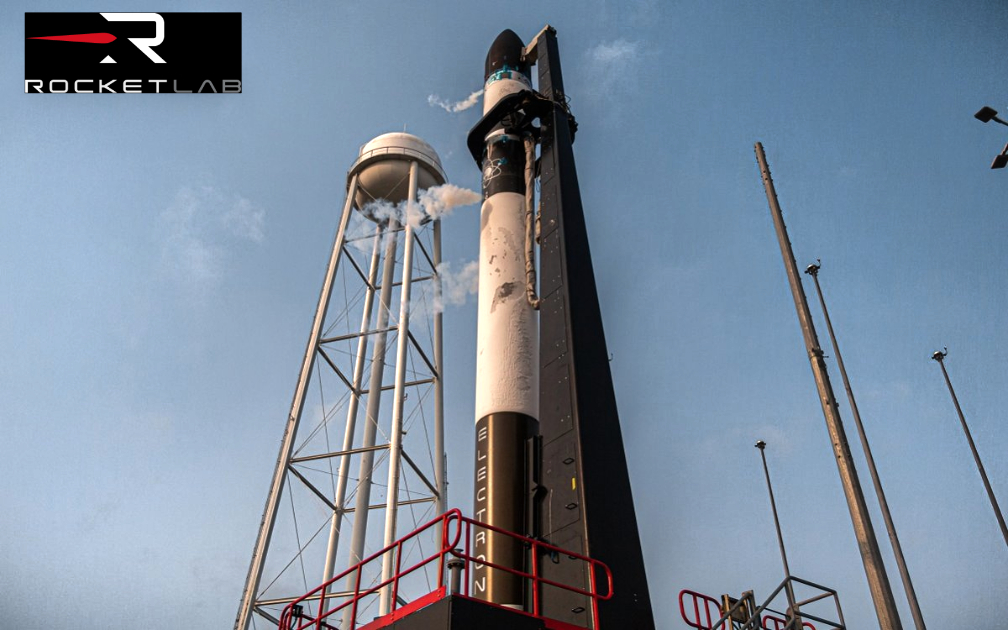
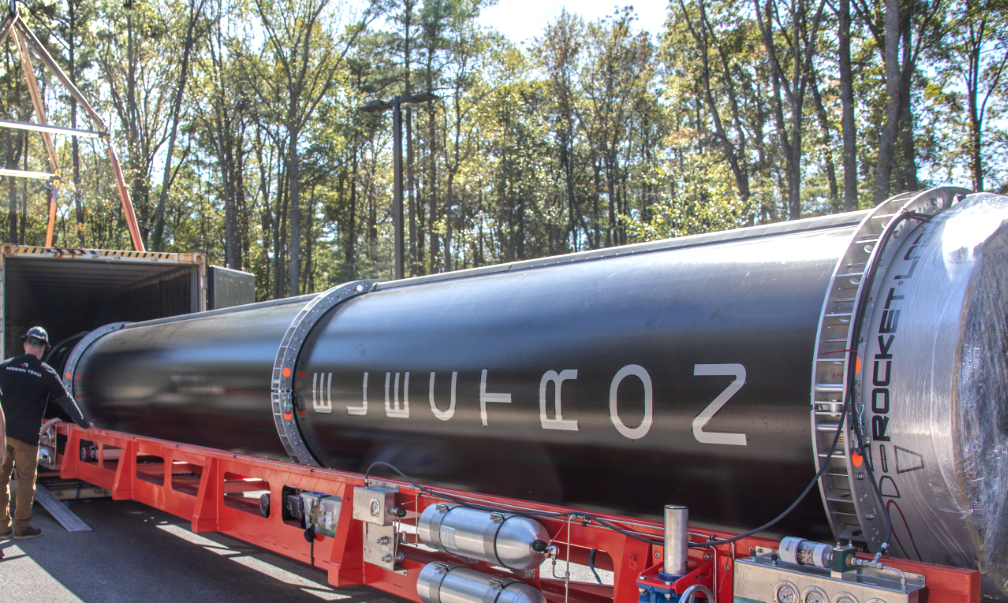
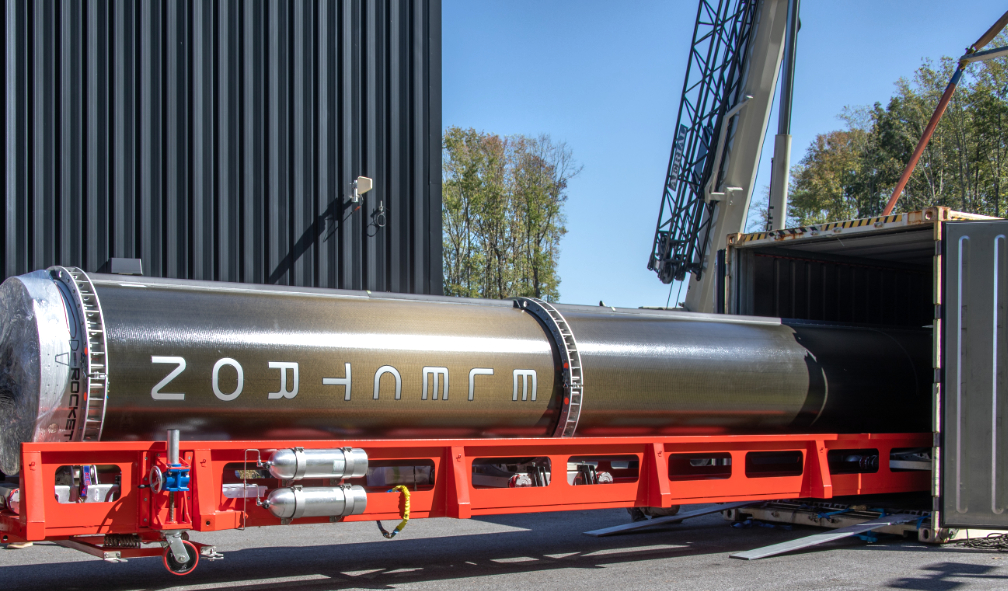
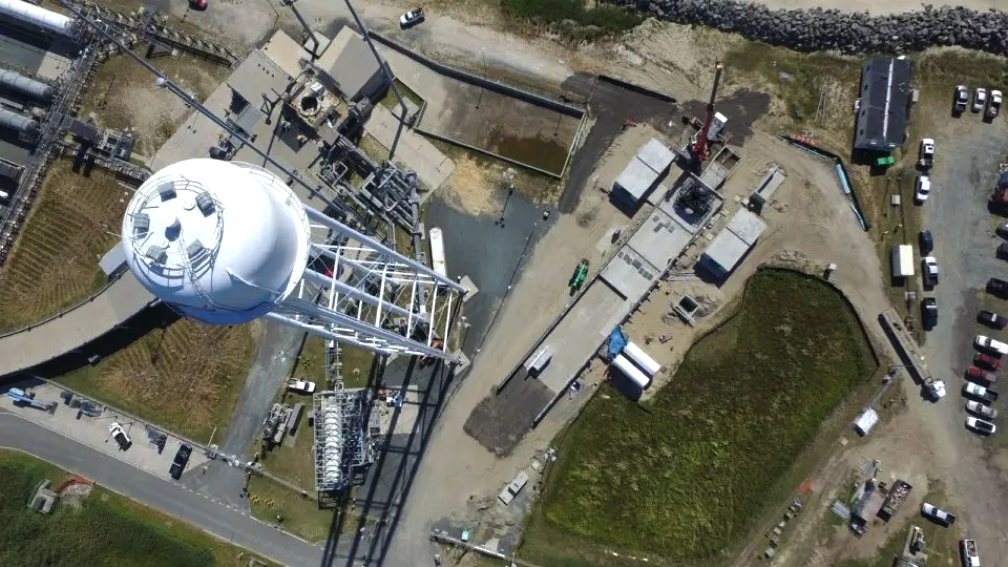

 to the launch site at
to the launch site at 